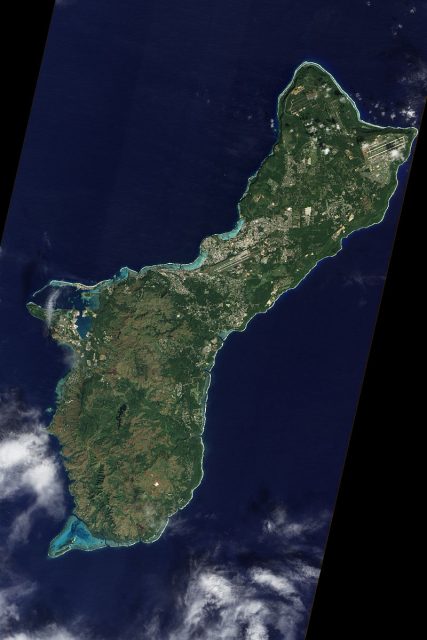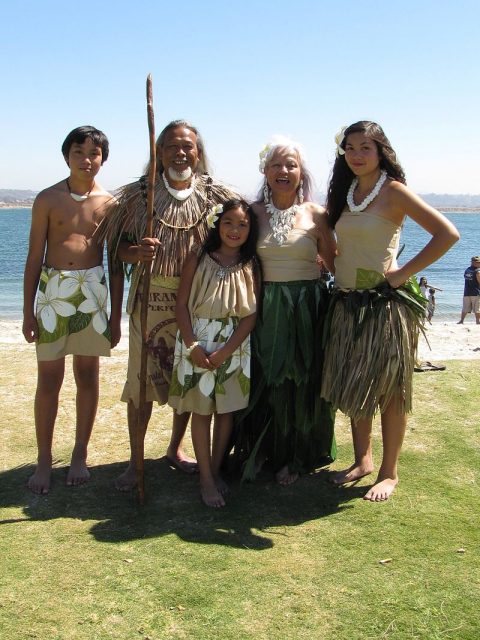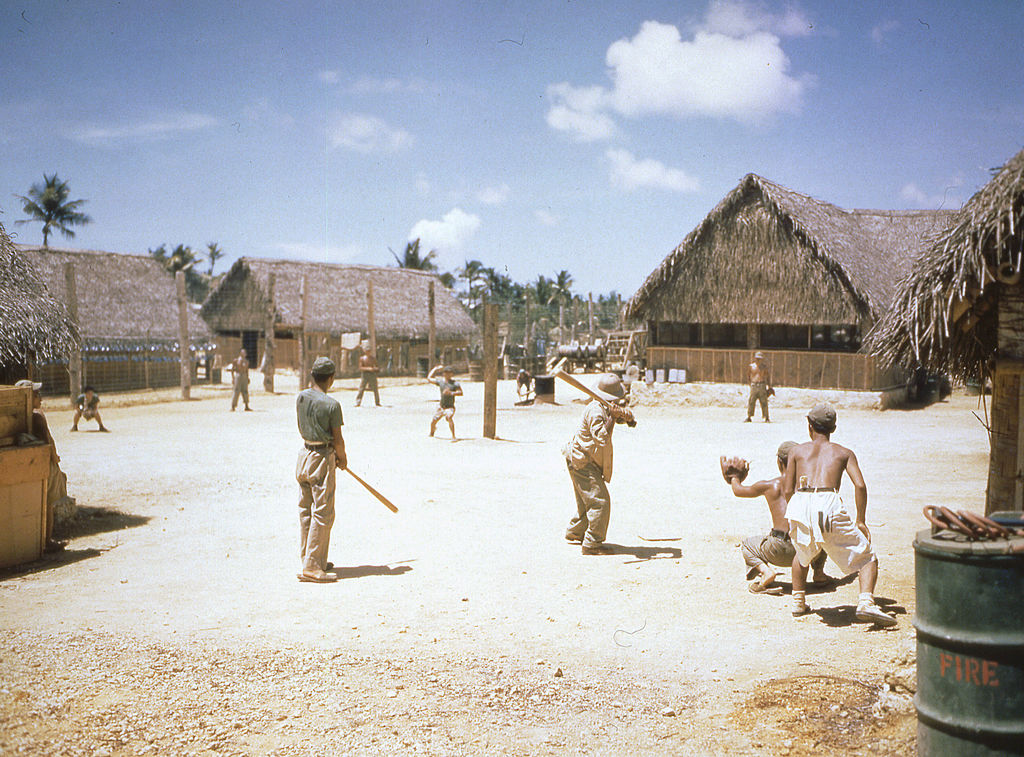Guam the small island with a big history.
The history of the twentieth century is littered with the dead. There were men and women transported to the Nazi death camps, others that suffered and died in Cambodian killing fields, yet more killed in Rwanda for being from the wrong tribe.
But behind all the attention-grabbing headline horrors are smaller, no less terrible war crimes.
On the day the Imperial Japanese Navy launched its attack on Pearl Harbour in Hawaii, December 7th, 1941, another attack was getting underway on the US island territory of Guam in Micronesia in the Western Pacific.

Landing on the beach the Japanese 144th Infantry Regiment, South Seas Detachment took on the small US military garrison taking two days to defeat the Americans.
The Japanese assault outnumbered the US ten to one in manpower and brought the might of twenty ships, including four heavy cruisers and four destroyers, to bear on the single minesweeper and two small patrol boats at the garrison port. The Americans scuttled the minesweeper and one of the patrol boats before surrendering.
The occupation of Guam lasted more than two-and-a-half years. 406 US military personnel were captured and the native Chamorros people were pressed into servitude, interned in concentration camps, suffered rape and torture.
The island was recaptured after a battle that lasted through July and August 1944 and a war reparations treaty was signed with Japan in 1951, preventing the government of Guam from suing Japan for war damages.
This did nothing to heal the sense the survivors of the war atrocities felt that they had been abandoned by the US Government.
Now, more than seventy-five years after their liberation, the Chamorros are receiving financial compensation for the crimes committed by the Japanese during the occupation.
The funds are not coming from Japan but from US Section-30 cash, a fund sent to Guam to pay for general obligations and projects.
It is a compromise following many decades of appeals and lobbying by members of Congress and residents of the island and was signed into law by President Barack Obama in 2016.
Survivors will receive money on a sliding scale, $10,000 for people interned or sent on forced marches, $12,000 for personal injury or who had been forced to work for the occupiers, $15,000 for severe injury, including rape and $25,000 for relatives of those killed.

These amounts are broadly in line with claims paid out to survivors of Japanese occupations on other island territories in the region. The federal agency set a window of one year for all applications for compensation.
Antonina Palomo Cross was just seven years old when the Japanese invaded and was at a church service when the sirens filled the air.
Her family had to give up their home to the invaders and were forced to march to a concentration camp. On a forced march the family had to carry Antonina’s baby sister who had died from malnutrition.
She is now 85 and says of her compensation pay-out that she is happy to get it despite the amount not yet being confirmed.
Approximately three-thousand residents, manåmko or ‘elders’ in the Chamorros language are likely to qualify for the money although some have been hesitant about making a claim.
Judith Perez, who at seventy-six was just a babe in arms at the time, regrets that her parents never received such recognition for suffering, “It’s great to have money, but the people who are more deserving of it are the ones who really suffered physically and mentally, but they’re gone,” she said.
Former Marine, Aged 62, Sets 8 Hour Guinness World Record for Planking
Spokesperson for the Guam Government, Krystal Paco-San Agustin said of the pay-outs, “It’s a small amount, and it’s definitely in no way enough to undo the pain of the past, but it’s a token of our respect, our admiration and our love for them.”
